Amazing Animals #20 The African Lion
They are one of the many iconic animals present on the African continent and have been a globally recognised symbol of strength and pride for many centuries.
All in all there are seven recognised subspecies of Lion, two of which are functionally extinct in the wild (though they do exist in Zoological collections), of the seven subspecies six are present throughout Africa, the remaining subspecies is the Asiatic Lion which once had a large range throughout Asia but now solely exists in small protected locations in India.
Lions were the first Big Cat that I became interested in as a child, largely due to documentaries and the Lion King series, they're a species that I would one day love to work with and I feel they are more than worthy of a segment in this series.
Description and Distribution
The Southern/East African Lion (Panthera leo melanochaita) is the most common Lion species alive today and the subspecies we will be covering today, their stable numbers can be largely attributed to the protected areas that have been established and maintained since their inception in the 80's, this has allowed their populations to rebound sufficiently since the turn of the century.
Genetically they are very similar to Lions found throughout the African continent and as such their appearance is also similar, the male Lion can grow to 3.2 metres in length from nose to tail and may weigh as much as 250 Kg’s, whereas the females are smaller in length measuring only 2.7 metres and weigh up to 180 Kg’s, generally the females are also shorter than males and measure up to 1.1 metre at the shoulder, males can be as large as 1.25 metres at the shoulder, this makes them the largest feline species that isn’t a Tiger.
As Apex predators it will come as no surprise that Lions are equipped with an impressive arsenal of offensive tools, within their powerful jaws they have three types of teeth which are Incisors, Canines and Carnassial.
The incisors are used predominantly for gripping and tearing, the canines (four largest visible teeth) are capable of ripping through skin and tearing away meat, they can also measure up to 7 cm’s in length, the carnassial teeth are the sharpest teeth within their jaws and are capable of cutting through meat as easy as we can cut through paper with a pair of scissors, all in all the Lion has 30 teeth and can open their jaws up to 30 cm’s wide, this gives them one of the largest bites of a terrestrial carnivore.
Their second offensive tool is their incredibly powerful paws and claws, if you have a pet Cat you can observe how the paws function, all you have to do is scale the size up by a figure of at least 10 and you can imagine it, they have four retractable claws that can be stretched out when required, these claws are incredibly sharp, can measure up to 4 cm’s and are perfectly adapted for penetrating and holding on to prey, they also have a fifth claw on both of their front paws known as a Dewclaw, this functions effectively as a thumb and aids in gripping on to prey.
Aside from their size differences the two sexes are easily distinguishable through several sexually dimorphic traits, the most striking feature of a mature male is their large mane that consists of longer and often darker hair around the full circumference of their neck that tapers down their shoulder blades and upper chest that becomes more pronounced with age, the male also has visibly larger muscle mass and easily observable testes.
The natural colour of all Lion subspecies is a mixture of sandy browns and whites that is uniform across the body (aside from the mane of males), females may also possess faint pattern markings on their underside though these aren't as distinctive as other species of Big Cat, the preferred habitat of the Southern/East African Lion consists of open grassland with access to shade supplied by trees, the dry grass is a similar colour to the Lion and provides ample opportunity to camouflage which is useful to the Lion when hunting.
Contrary to popular belief there is no such thing as a White Lion, it is instead a colour mutation that only affects Southern African Lions and is known as Leucism, Leucism is very rare in the wild however, and the largest populations of “white Lions” exist in Zoological collections, once merited as a valuable asset for tourism the breeding of Lions with this genetic mutation is now not actively practised by Zoos focused on conservation.
Within their territories they are Apex predators and are also known as a keystone species, which means that they have a large impact on the environment they inhabit despite existing in limited numbers, if you were to remove the Lions the ecosystem would change dramatically which would likely have a negative impact on the survival of fauna and flora within the region.
The Southern/Eastern subspecies of Lion can be found in many countries of Southern/Eastern Africa including Angola, Botswana, DRC, Malawi, Mozambique, Namibia, South Africa, Swaziland, Kenya, Ethiopia, Zambia and Zimbabwe.
Despite their wide range they exist predominantly in protected nature parks, poaching of the Lion is still popular therefore their existence outside of protected sites has effectively been reduced to zero.
Diet and Behaviour
As mentioned the Southern/East African Lion is an apex predator, they are also considered to be Hypercarnivores (their diet consists of >70% meat) with the rest of their diet being made up of plants, fungi and fruits.
The staple diet of the Lion consists of mainly ungulates of varying sizes, Wildebeest, Zebra, Giraffe and even Elephants are on the menu depending on the size and experience of the Pride.
Most Lions live in social groups known as prides or bachelor groups, though, solitary males are not uncommon and can prove to be quite successful hunters despite hunting in solitude, a fully grown adult male is more than capable of tackling prey double its mass (Such as Zebra).
Aside from the odd solitary male, most Lions choose to lead a social existence, they are the most social feline species on the planet and they use this trait to their advantage.
On average a typical pride will consist of 5-20 Lions though large prides can consist of as many as 30 individuals, the majority of the pride will consist of females and cubs and generally speaking there will only be 1-4 males that will all be related to each other, in the case of multiple males a dominant male will exist, despite this all males within the group will breed with the females though fighting may occur, females do not have a preference to an individual male and will regularly breed with more than one when in heat.
In all but one population of Southern/East African Lions the hunting party will consist entirely of females, the exception being the Lions of Tsavo in Kenya, prides in Tsavo regularly only have one solitary male within the pride and he will also participate in the hunts.
The hunting behaviour of Lions is well-studied, most hunts are short and powerful in their nature, the Lions will stalk their prey until they believe they’ve reached striking distance, once ready they lunge toward their prey and attempt to run the animal in to strategically placed Lions in different locations, most kills are achieved after the Lions have successfully closed the gap on their prey and have managed to access the throat area, oddly the main cause of death to prey is not severe trauma, but asphyxiation, the Lions powerful jaws clamp down on to the neck and often strangulate prey to death within one minute.
Furthermore, it has been observed that each Lioness has a specific job/role within the hunting party, their roles are non-interchangeable, and it appears that the Lionesses have asserted that it is better to be a master of one skill than a journeyman of many, this leads to the success rate of some populations being as high as 80%, one of the highest of any animal on the planet.
Despite not actively participating in the hunts, the males will often fight for the first feed of the carcass, although, larger carcasses are regularly shared with little conflict, this allows even elder/crippled Lions to feed sufficiently, on average a female Lion requires 5 kg of meat per day and males require 7 kg’s, on larger kills they will however gorge and are capable of eating up to 30 kg’s of meat in a single sitting (over 10% of their body mass).
The job of the males consists largely of defending the prides territory from rival prides as well as predatory intruders such as Leopards, Cheetah and Spotted Hyena, if the opportunity arises Lions will happily kill other predators in the region though they have been observed to seldom eat the carcass after a kill, this behaviour is surprising and the reason for leaving the carcass of a predator is not fully understood.
Aside from protection and hunting, other Lions will be tasked with rearing the Cubs, this is not a lucrative role within the group and often leads to the Lion(s) tasked with this having reduced feeding / breeding opportunities, in times of food scarcity it is the Cub-protectors and Cubs that suffer the most, hunting parties may travel miles away from the prides resting location and they commonly eat their kills at the kill location, this is a common cause of infant mortality in Lions.
Another cause of infant mortality is the addition of rival males, males that are not part of a regular pride will form small groups with other males known as bachelor groups, bachelor groups hunt together and display a clear dominance hierarchy within their group.
Large males within bachelor groups will eventually seek to start their own / take over an existing pride, when ready they will challenge male pride-leaders and if successful will claim the defeated males females, if Cubs are present the successful male will often devour them, he doesn’t do this because he is evil, but because the females will not become fertile or receptive whilst Cubs are still young, to further his bloodline as soon as possible the Cubs need to be removed, it has been stated that 80% of cubs will die before the age of two.
Cubs that do survive will become fully weaned by 6-7 months old and will be able to join in on hunts at around 12-13 months old, males and females both mature at around 2-3 years of age and the males will often leave the pride in search of new beginnings, in large prides females will also leave the pride in search of their own territory, this generally doesn’t occur in prides of less than 20 individuals.
Where my Love for Big Cats Began
I won't forget when the series Big Cat Diary Aired in 1996, the series followed a selection of the Maasai Mara's Big Cats one of which was the Marsh Pride.
Although I do not remember all the Lions’ names there are certain scenes that play out in my mind such as a herd of buffalo attacking the lionesses den when the cubs were inside.
I also won't forget when Bibi was kicked out of the pride and was left to raise her cubs on her own, she struggled for a period of 2-3 months before the pride eventually allowed her to re-join, thus her and her Cubs were given a second chance at survival.
The series was full of ups and downs, but above all it massively gave me the desire to work with exotic animals in the future, the thrill and excitement shown by those involved in the program when documenting the behaviour of these incredible creatures was inspiring to say the least.
Sadly I heard in recent years that the original Marsh Pride of lions were poisoned after attacking some farm animals, a Cow carcass was laced with poison, three of the pride died from the poisoning, including Bibi, it’s heart breaking that a such a powerful and successful group of animals were poisoned for simply living naturally.
Sadly Youtube video footage of the series is lacking as the BBC are quite strict over copyright, it is a series worth looking up though, it was incredibly well made and offers a great insight in to the lives of all Big Cats in Kenya.
Amazing Facts
Lions have scent glands around their chin, lips, cheeks, tail and paws, these glands secrete an oily substance that keeps their fur healthy and also has waterproofing qualities, we have the same glands in our hair which is why your hair goes greasy if you don’t wash it regularly.
Lion Cubs are born completely blind and will not open their eyes until they are at least three days old.
The largest Lion ever recorded weighed 313 Kg’s, this male Lion was shot as he was classified as a maneater.
Lions could once be found throughout Europe and North America; these now extinct Lions were larger than the Lions of today and lived predominantly in caves and mountainous regions.
Inter species breeding of Lions and Tigers is rare but documented, in most occasions a male Lion breeds with a female Tiger, the offspring is known as a Liger and is often heavier and larger than both species, measuring over 3.5 metres in length and weighing up to 500 Kg’s.
Lions are thought to have evolved in Africa roughly 1 million years ago, all species of Lion found globally can be traced to a common ancestor on the African continent.
Lions often spend as long as 20 hours per day resting, the rest of their day consists of mainly walking and eating and they are most active after dusk.
Despite being adept hunters, in some regions such as the Ngorongoro crater, up to 50% of their diet may consist of stolen kills from other predators, most commonly Hyenas.
The average gestation period of a Lion takes roughly 110 days, the female is capable of entering Oestrus at any time of the year, in large prides synchronisation of breeding often occurs and communal raising and suckling for the cubs is common practise.
Lions often curl their tongues and leave their mouths ajar, they are not however just pulling a funny face, they possess a Jacobson’s organ and can detect scents in the air through a form Vomeronasal tasting.
Lions have been documented killing every large animal present on the African Continent, including Elephants, Hippos and even Nile Crocodiles.
Both male and females may participate in homosexual activity, this most often occurs in groups and may involve courtship routines such as head rubbing and play fighting.
Amavi’s Amazing Poo Fact
Lion dung has become a popular non-cruelty form of deterring pests and intruders from entering or damaging people’s gardens, Lion dung carries a very strong scent that easily picked up by common intruders such as Cats, Foxes and Badgers.
Whilst I’m sceptical of how successful these products are, I’m all for non-invasive and safe forms of animal deterrents, I personally would not want to keep wildlife out of my garden however, and having dealt with the smell of Lion dung on a regular basis I’m not entirely sure I’d want to add that aroma to place of relaxation.
Content Sources
If you Enjoyed this article feel free to check out some of my previous editions of Amazing animals.
- The Arctic Fox
- The Peregrine Falcon
- The Komodo Dragon
- The Great White Shark
- The Hyena
- The Harp Seal
- The Clown Fish
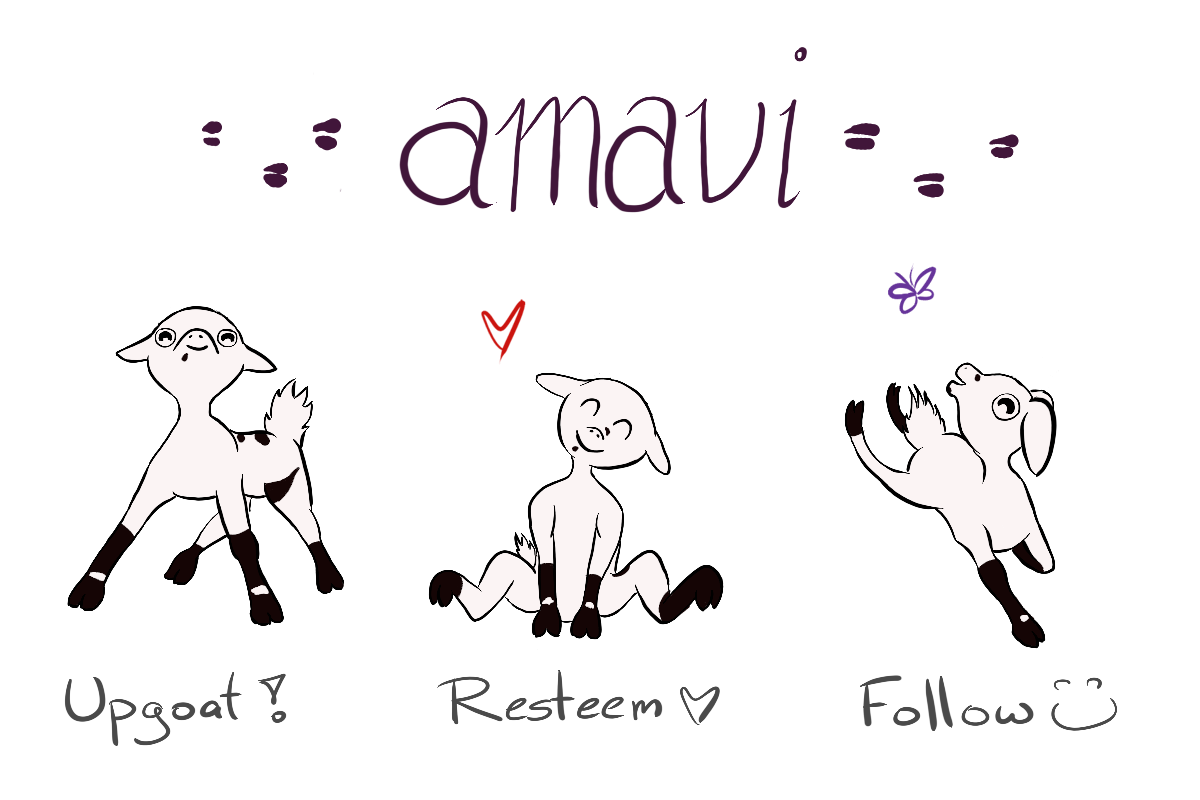
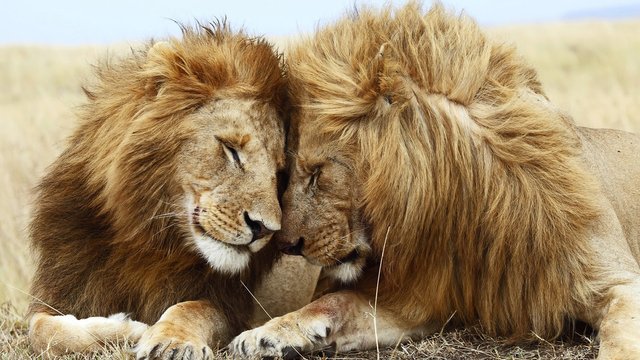
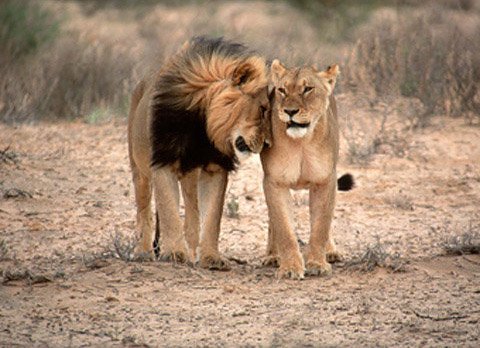
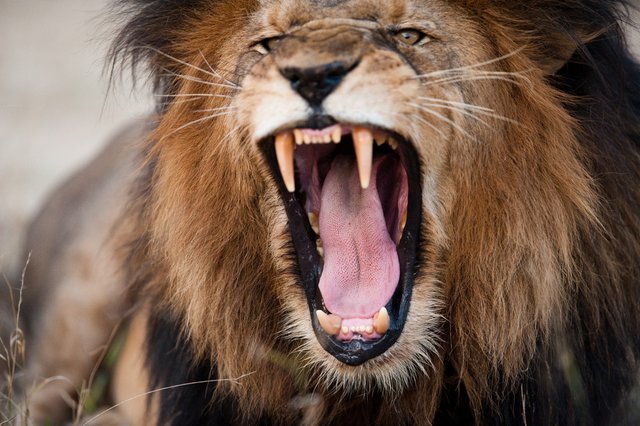
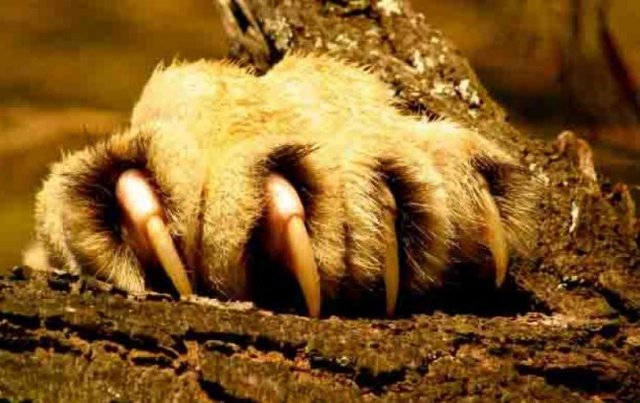
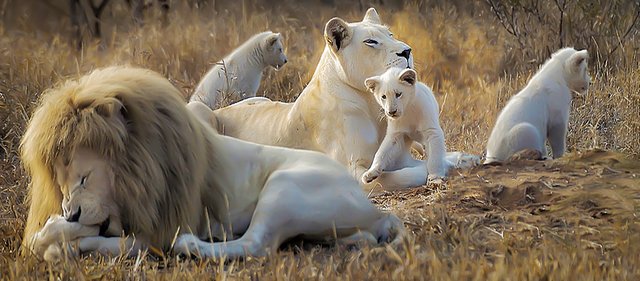

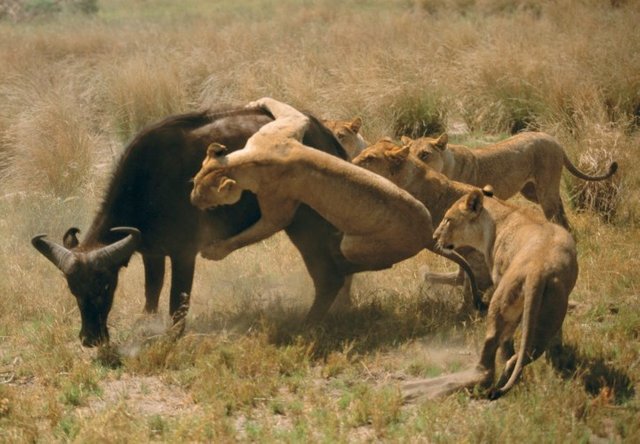
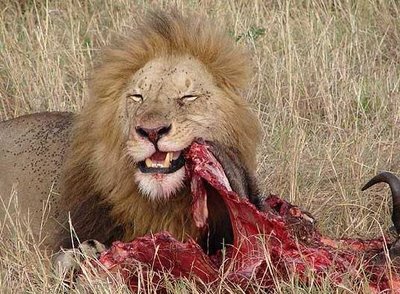

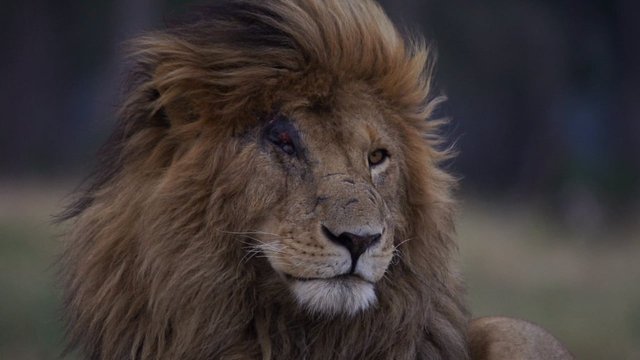
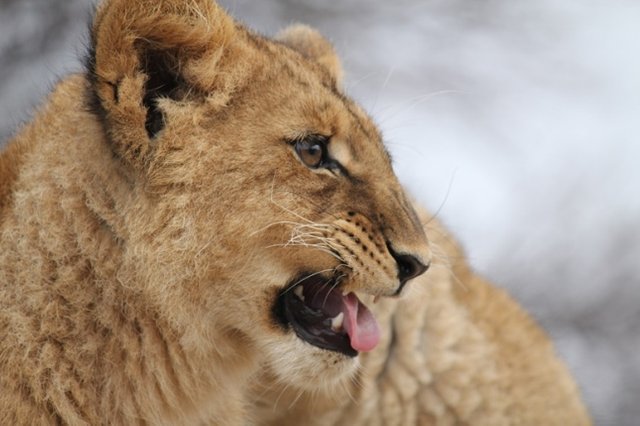
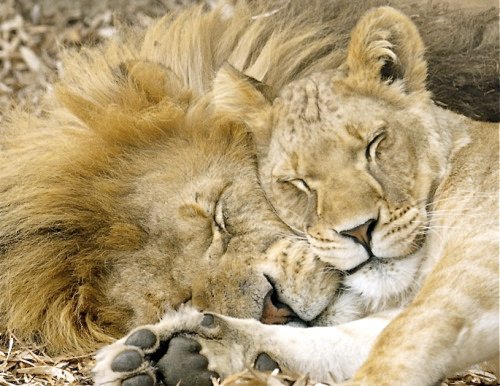

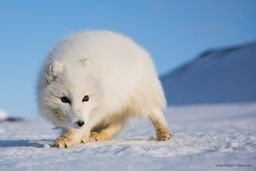
Being A SteemStem Member
https://steemit.com/courage/@iamemmanuelo/i-want-to-be-a-lion-3ca3da8d9394b look this up
Lion's are great, they are good for t-shirt designs and such. That's why I've been using a laser cutter to create lion shaped aesthetic pieces for various amount of projects. Let me tell you that with a laser, your life will improve; it's way better than animals trust me ;)
😩
Hahaha!
this is a job well done
Thank you. :)
couple goals!!
What an amazing animal! Hopefully we see a strong rebound in populatino numbers in the future
Well managed and maintained nature reserves are definitely helping the Lions populations rebound in certain regions, sadly these reserves do not exist in the same functional sense across the African continent, policing the reserves and protecting the animals costs a large sum of money and the success of the reserve is reliant on government backing.
King of the jungle
That they are, for anyone wondering why they are called "the King of the Jungle" despite mainly inhabiting open grasslands, the word Jungle derives from the Hindi word "Jangal" which can mean desert, forest, wasteland or uncultivated land, in this use it makes perfect sense.
The British English use of the word Jungle has long stood for dense tropical rain-forest, i'm not sure how or why it was changed from it's original meaning but in this use it makes very little sense for a Lion.
great post about this beautiful creatures :) well done
Thanks, they are stunning creatures!
Lions are under massive threat here where I live in Africa, particularly from China where there is a huge trade in lion bone. They are wonderfully intelligent and socially complex animals that we are still now only beginning to really understand.
There are many Lion populations in Africa that are sadly not doing very well. :(
They are definitely complex and are an anomaly of the Felidae family being the only true social Cat that live in groups throughout their lifespan.
buen post, te seguire viendo
couple goals!!